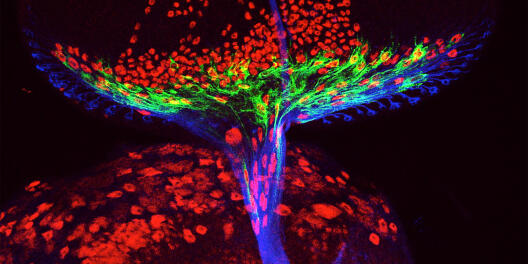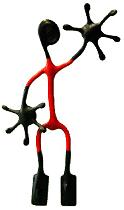

Evolution and movement as well as development all change the shape the body but on very different time scales. Due to the divergent time scales the methods for measuring these movements are very different, as are the biological mechanisms that control these different kinds of movements. However, since these movements are all intimately related to the body, they mutually influence each other and closely depend on each other. Therefore, the theories for such body movements on the different time scales are mutually dependent and should optimally incorporate all of these time scales.
The evolution and movement lab develops new theoretical frameworks in order to understand the shape and movement of the body on these time scales. These theories involve the Hexamery Hypothesis for evolution of pentamer symmetry in echinoderms, the Brain Scaling model for the mammalian cortex and the Axial Twist Hypothesis for vertebrates. For research purposes, techniques involving kinematics, kinetics, eye movement recording and visual stimulation are utilized and analytical approaches such as time series analysis and various types of programming are employed. Present research topics are covering brain scaling and facial asymmetries (see below). Contact for this research group is Dr. Marc de Lussanet who studied biology and is operating the OpenLab.


